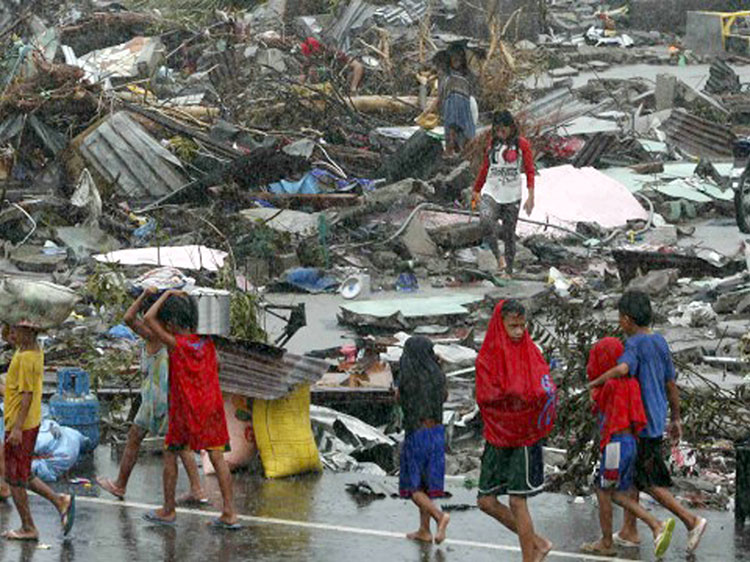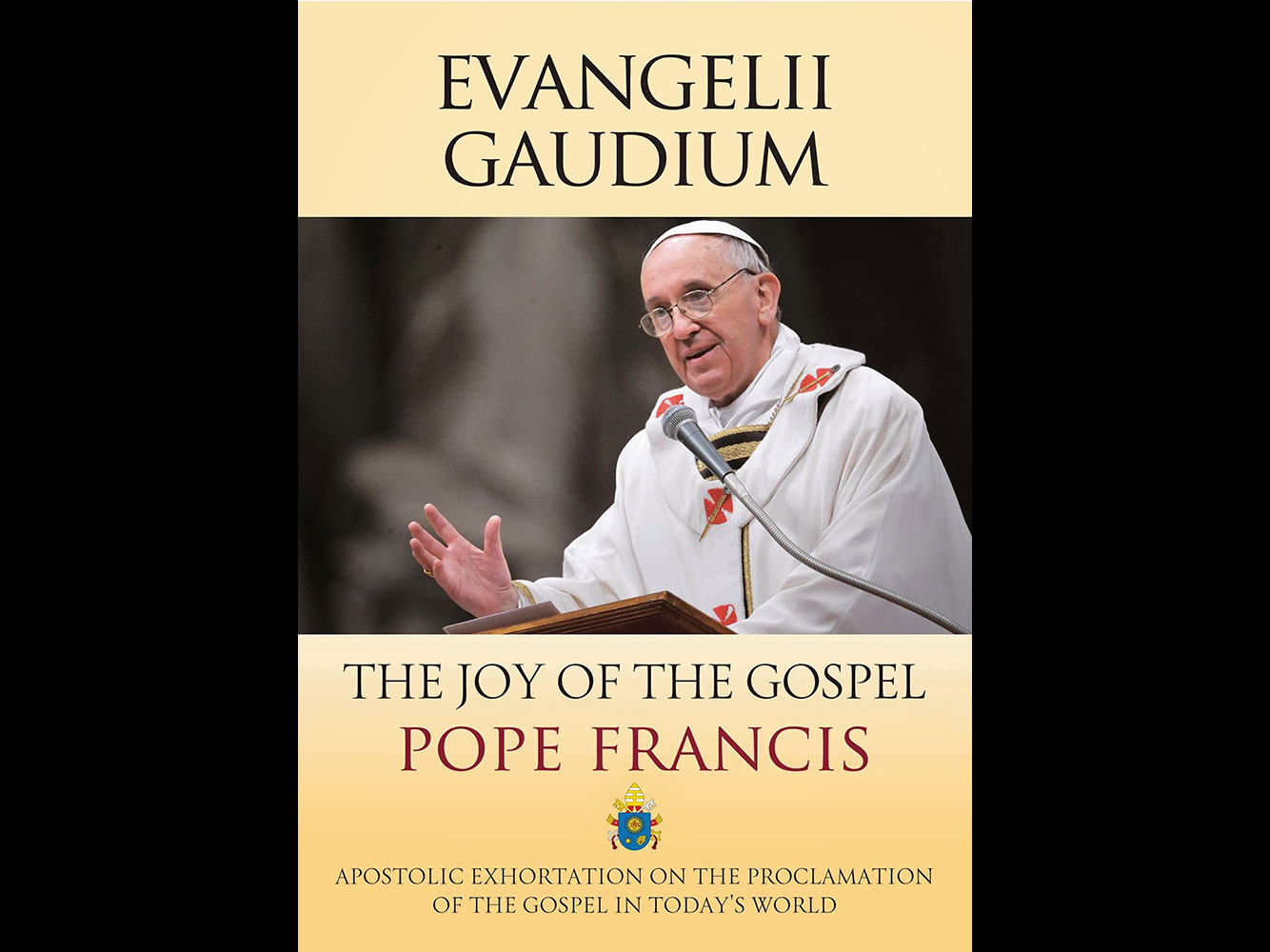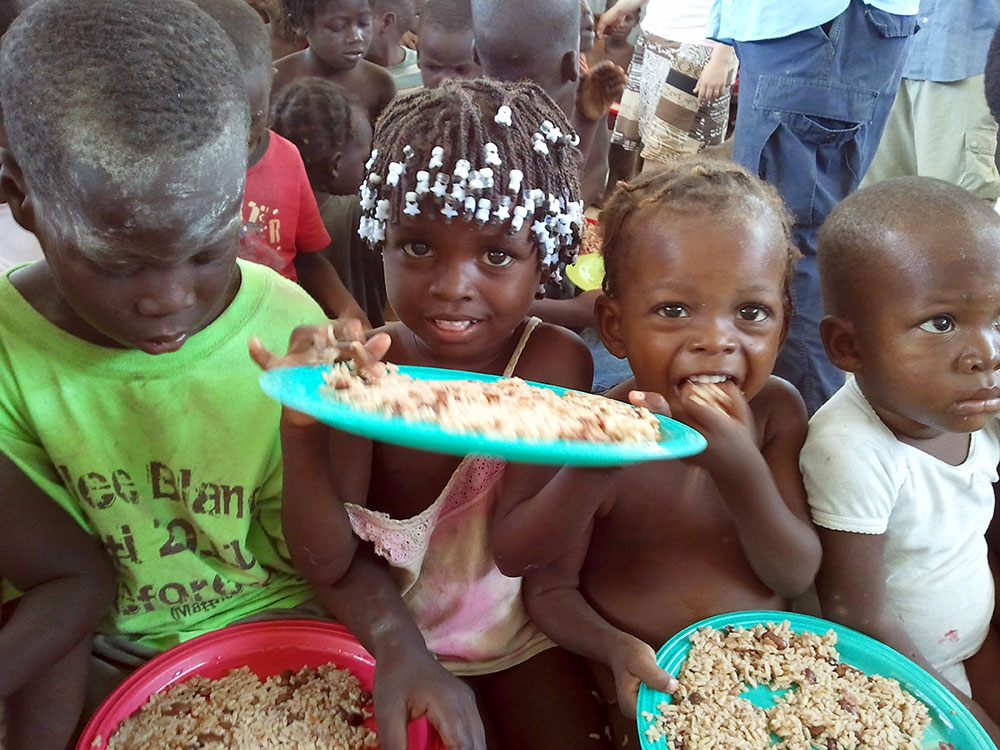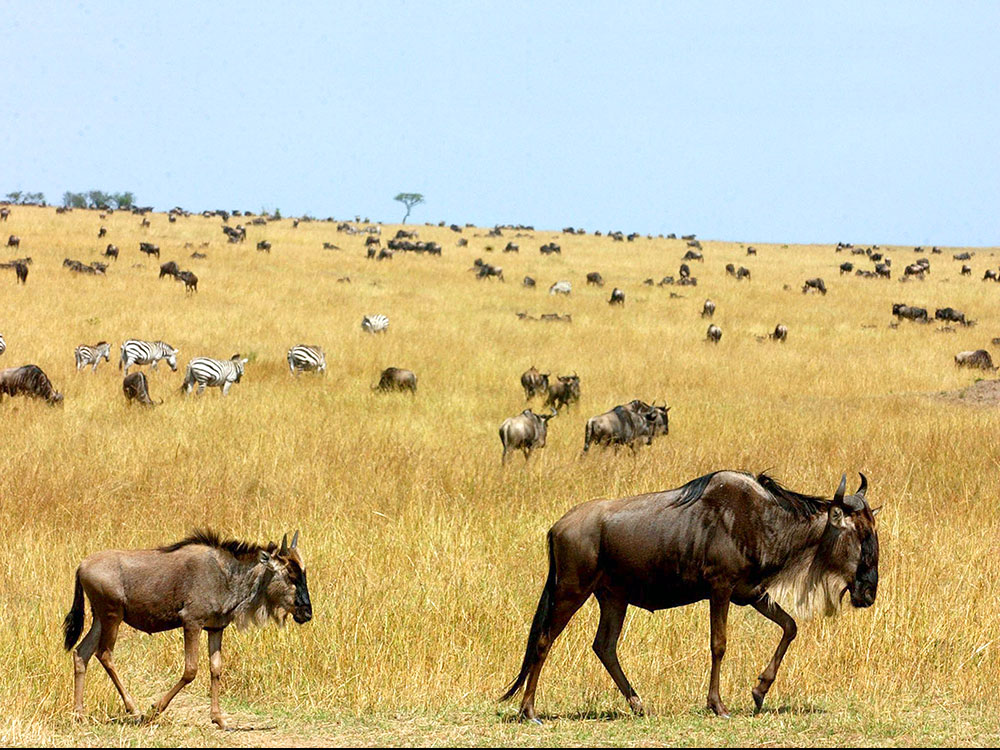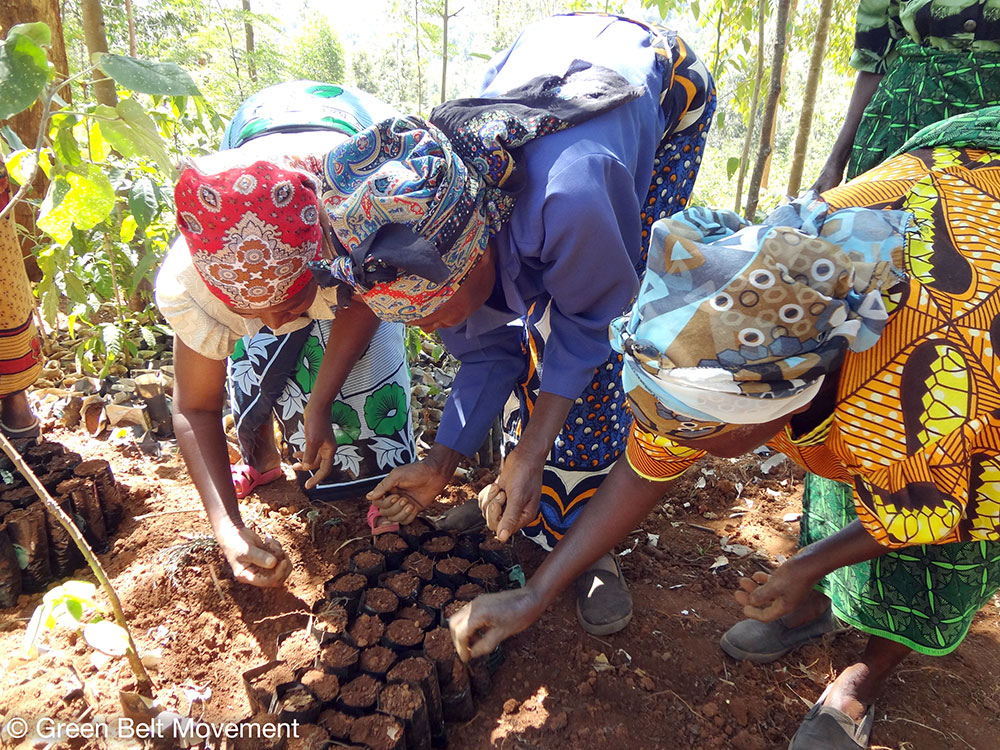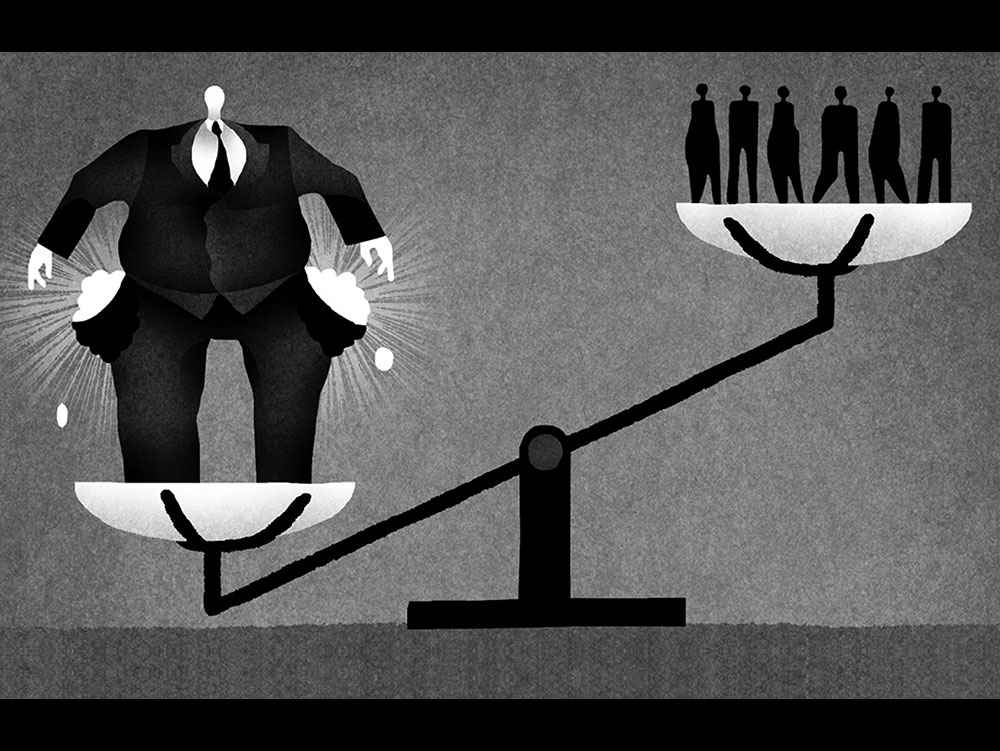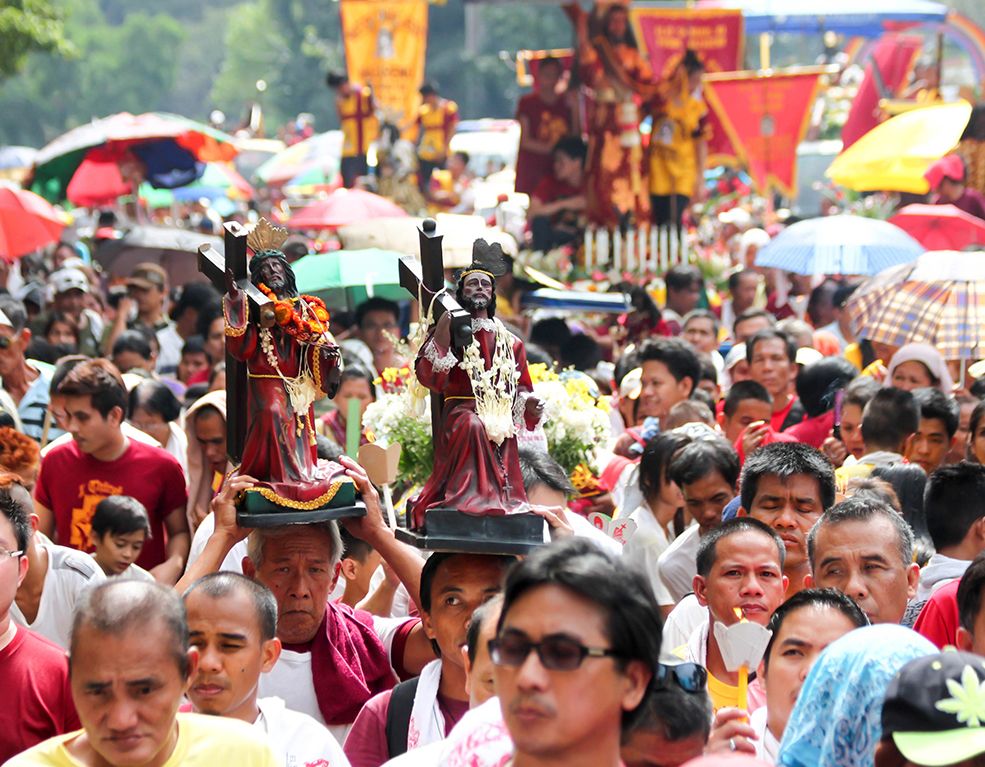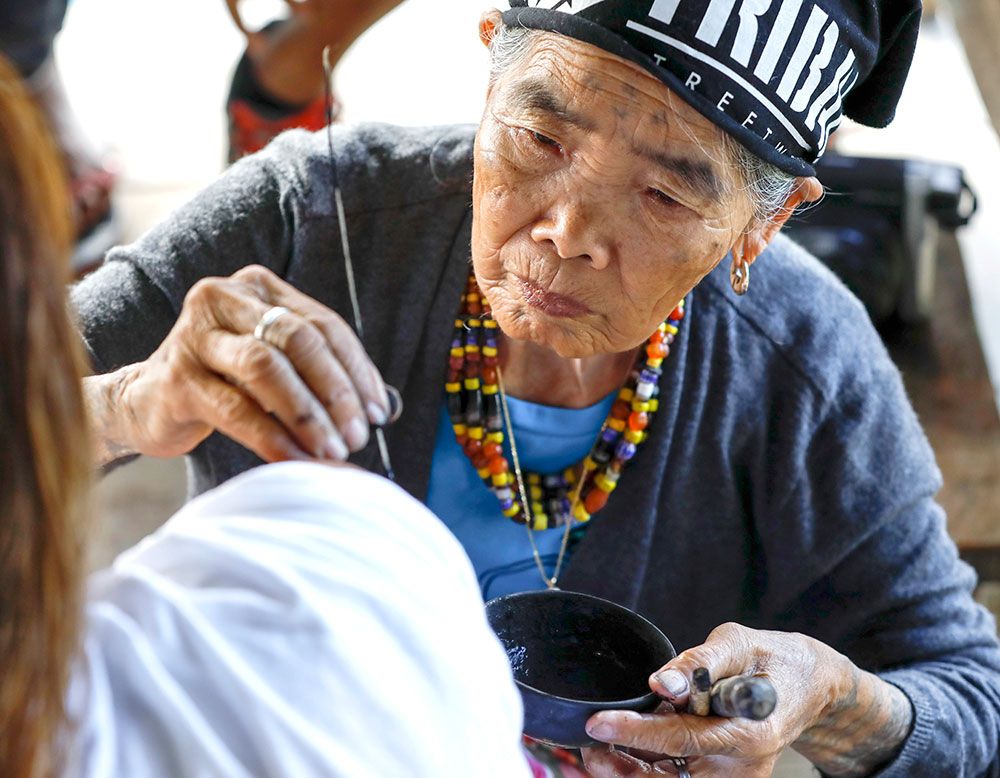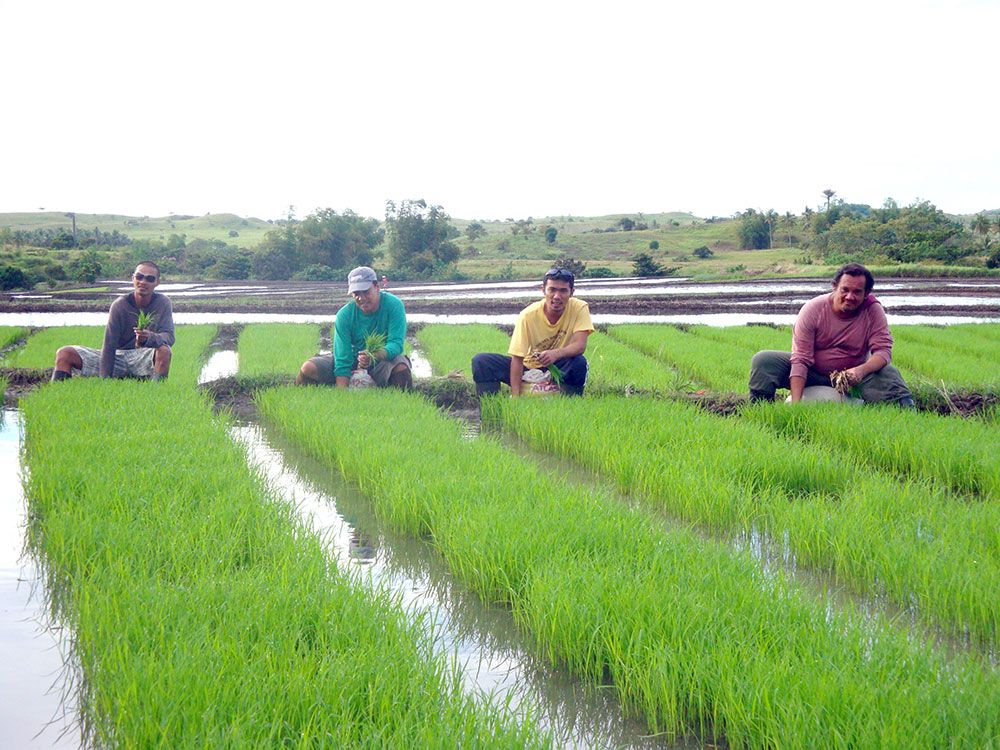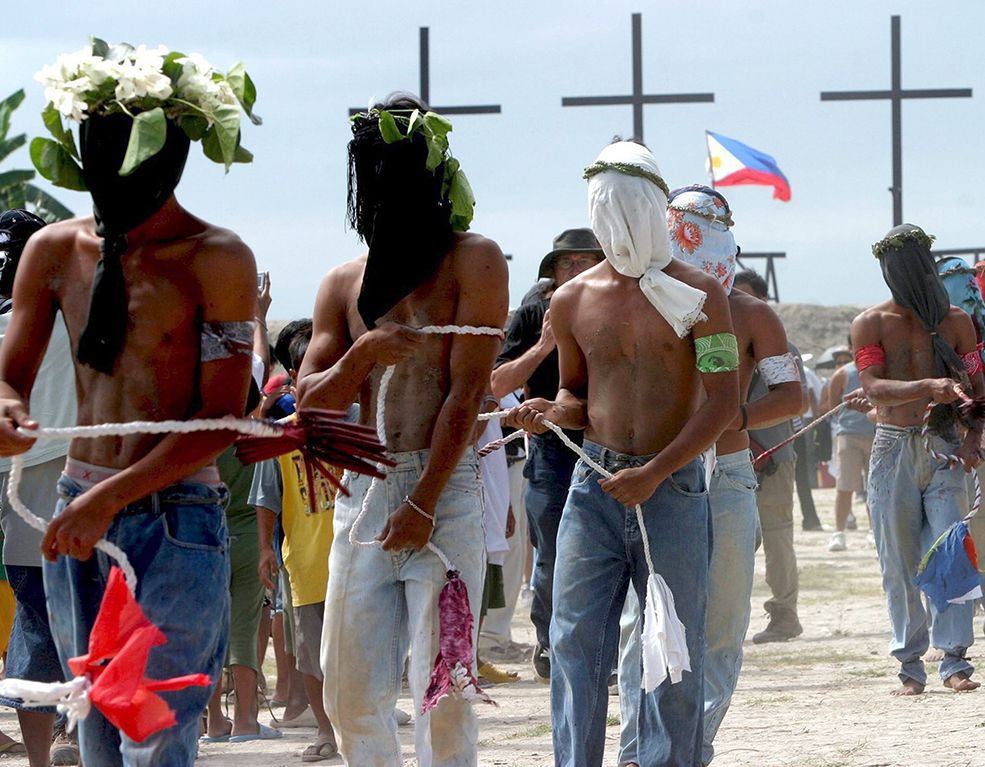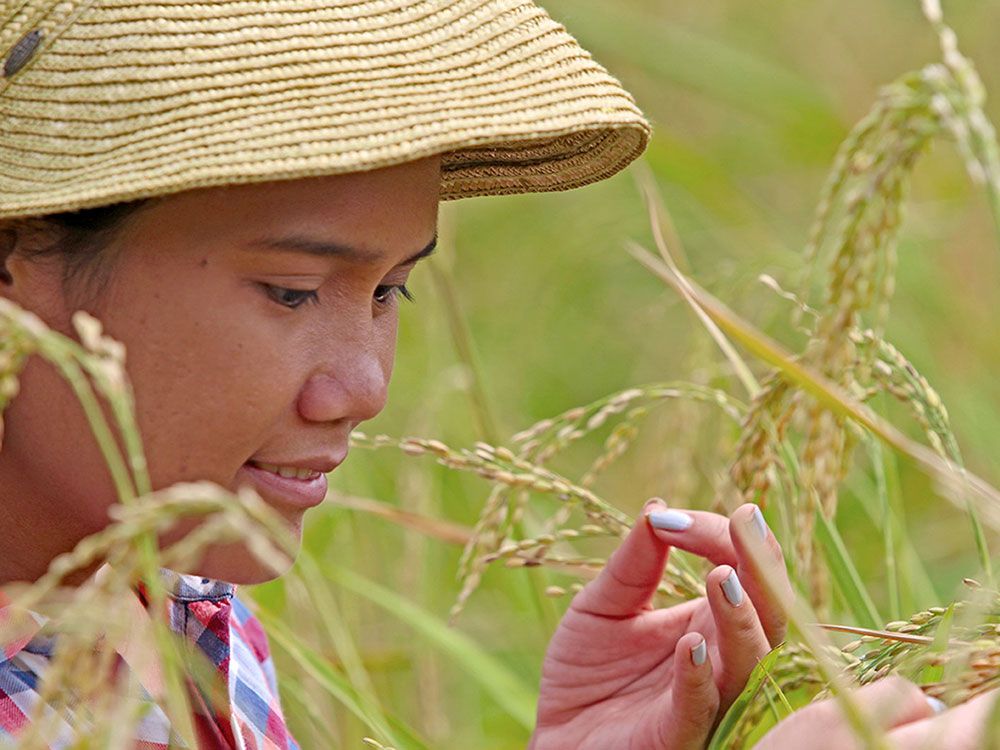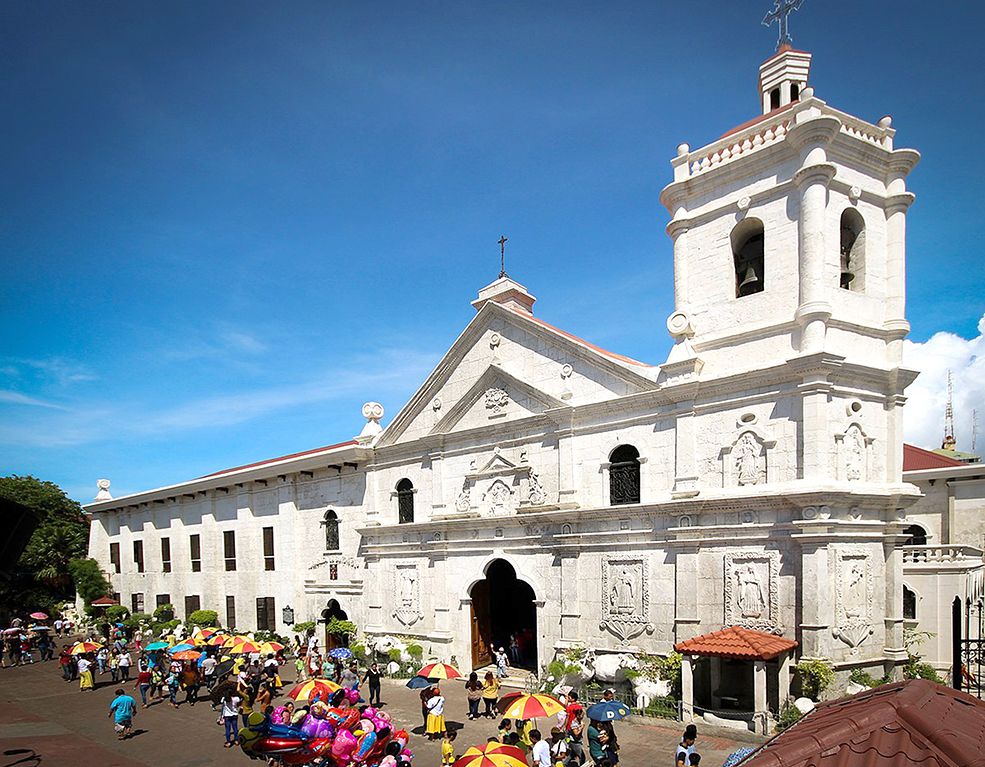The worst thing that can happen – will happen – is not energy depletion, economic collapse, limited nuclear war, or conquest by a totalitarian government,” pointed out American biologist in an article he wrote for Harvard Magazine. “As terrible as these catastrophes would be for us, they can be repaired within a few generations. The one process that will take millions of years to correct is the loss of genetic and species diversity. This is the folly our descendants are least likely to forgive us.”
Biodiversity – coined from biological diversity – is most often thought of as the variety of organisms on earth. Yet, it also includes two other factors: ecological diversity (the variety of ecosystems and ecological communities) and genetic diversity (the range of genetic differences found within and between species). “All three aspects are crucial for the success and development of life on earth,” explains People and the Planet, a group raising environmental concerns based in London. “Since environmental conditions at every level are constantly changing, only diversity can ensure that some individuals and species will be able to adapt to the changes.”
Species declines and extinctions have always been a natural part of that process, but there is something disturbingly different about the current extinction patterns. “Like the dinosaurs 65 million years ago, humanity now finds itself in the midst of a mass extinction: a global evolutionary convulsion with few parallels in the entire history of life,” wrote John Tuxill and Chris Bright, authors of “Losing Strand in the Web of Life.” “But unlike the dinosaurs, we are not simply the contemporaries of a mass extinction – we are the reason of it.”
DISCOVERIES AND LOSSES
The Philippines is the world’s second largest archipelago country after Indonesia. It comprises more than 7,100 islands covering 297,179 square kilometers in the westernmost of the Pacific Ocean. The country has 400, out of 500, coral species known in the world. “Every time we go into the water, someone discovers something that’s never been seen before,” said Dr. Terrence Gosliner, dean of science and research collections at the California Academy of Sciences. He’s not alone; many scientists think that many new species remain to be discovered in the country.
Just recently, Secretary Ramon Paje of the Department of Environment and Natural Resources (DENR) reported that 270 wildlife species have been discovered in the country within the last 25 years. “These endemic species are our living jewels. They are irreplaceable and unique components of our awesome environmental heritage,” he pointed out. The Protected Areas and Wildlife Bureau (PAWB), a line agency of DENR, has included in its list of new discoveries 29 new species of rodents found across the country; three species of bats from Mindoro and Abra; four bird species from Cagayan, Cebu and Camiguin; and 44 reptile and 29 amphibian species from Luzon, Negros-Panay, Greater Mindanao and Sulu. More than 160 plant species have also been discovered, including varieties of the world’s largest flower, Rafflesia. The Philippines ranks fifth in the world in terms of number of plant species and hosts about 5% of the world’s flora.
The Convention for International Trade of Endangered Species (CITES), of which the Philippines is a signatory, has listed several wildlife species in the country that are rare, threatened, or endangered. Among these are the Philippine eagle (the country’s bird icon), tamaraw, Calamian deer, Palawan bearcat, Mindanao gymure, Philippine tarsier, Panay flying fox, Cebu black shama, Philippine cockatoo, bungang ipot, tagbak, and Sander’s glocacia.
“A few decades ago, the wildlife of the Philippines was notable for its abundance; now, it is notable for its variety; if present trend of destruction continues, Philippine wildlife will be notable for its absence,” deplored Dr. Lee Talbot, a well-known ecologist and geographer.
DESTROYING THE NATURAL HABITAT
“The Philippines is one of the most threatened in the world. The rate of extinction of species is 1,000 times the natural rate because of manmade activities,” DENR Undersecretary Demetrio Ignacio said. “It is a crisis. We are the hottest of the hot spots.”
Dr. Angel C. Alcala, former DENR secretary and current Director of the Silliman University’s Angelo King Center for Research and Management, has estimated that the number of endangered Philippine bird species alone number around 56. Dr. Seymour Sohmer from the Bishop Museum in Honolulu, Hawaii, has concluded in a study that the country has already lost 40% of its endemic flora.
The threats to the country’s once lush and diverse wildlife are many. But the primary culprit is the loss of its natural habitat, particularly the tropical rainforests. “In the Philippines, forests are disappearing fast,” reports Sanda Volpp in an article which appeared in Handbook Philippines. “An alarming comparison reveals that while 95% of the Philippines was covered by forests a hundred years ago, in 1982, it was down to about 40% and, in 2006, not even 20% is left. Of the remaining forest lands, only 800,000 hectares are still primary forests” Volpp noted.
Studies show that a pair of Philippine eagle needs at least 7,000 to 13,000 hectares of forests as a nesting territory. “Without the forest, the species cannot survive over the long term,” said Dennis Salvador, the executive director of the Philippine Eagle Foundation, Inc. “Without the forest, not only the Philippine eagle will go extinct, but so will the dreams and aspirations of millions of marginal income families who rely on the forest to survive.”
“Protection of biodiversity should be one of the top priorities of any meaningful strategy to safeguard the world’s biological heritage,” suggests John C. Ryan, author of “Life Support: Conserving Biological Diversity.”
As Dr. James Kirchner, an American professor of earth and planetary science at University of California, puts it: “The planet would be biologically depleted for millions of years, with consequences extending not only beyond the lives of our children’s children, but beyond the likely lifespan of the entire human species.”
REBUILDING THE ECOSYSTEMS
But there is still a glimmer of hope. “Humans, after all, are not dinosaurs,” Tuxill and Bright declare. “We can change. Even in the midst of the mass extinction, we still largely control our destiny, but only if we act now. The fate of untold numbers of species depends on it. And so does the fate of our children, in ways we can barely begin to conceive.”
In the Philippines, several environmental laws that protect these natural heritages have been passed. Unfortunately, these laws are not reinforced due to internal conflicts over policy direction and jurisdiction as well as a general lack of technical knowledge and political will, surmised Atty. Jose A. Canivel, executive director of the Philippine Tropical Forest Conservation Foundation. “Lawmakers, decision makers, policy makers have shown little interest in biodiversity conservation because there is little knowledge and, with little knowledge, there is very little value attached,” Canivel said.
“Of all the global problems that confront us, (loss of biodiversity) is the one that is moving the most rapidly and the one that will have the most serious consequences,” deplored Dr. Peter Raven, director of Missouri Botanical Gardens in the United States. Saving biodiversity, however, is very expensive: an estimated $300 billion a year for the next eight years. But “saving a species is more than a simple matter of putting it in a cage or pot,” reminds Paje. “It requires us to protect or rebuild its habitat, as well as the balance it keeps in relation to other species lower and higher in the food chain or web of life.”







